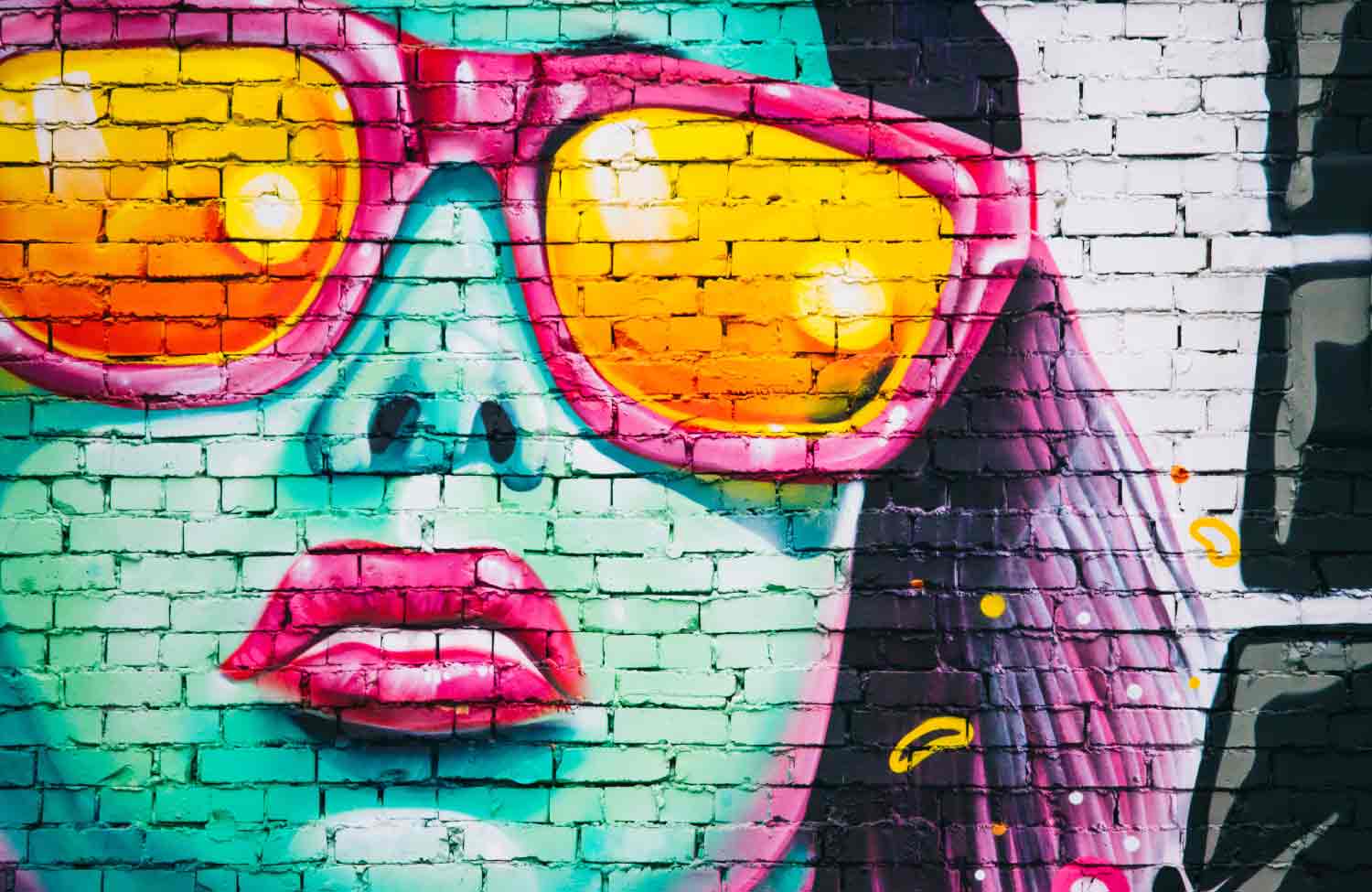Loneliness can equate to smoking about 15 cigarettes a day. During these unprecedented times where millions of Americans are being asked to self-isolate and social distance due to the spread of COVID-19, we’re on the brink of a new kind of health crisis—one of depression and feelings of isolation and loneliness. To help us understand the consequences of our new reality, and talk through potential solutions, we spoke with Sara Ratner, Icario Medicaid Advisory Council Member.
This blog post is an abbreviated version of a much larger conversation we had with Sara Ratner on the RadioRev podcast. For even more insights, listen to the complete episode.
The United States is taking drastic measures to reduce the risk of COVID-19 spreading. Here are a few examples of what current life in America is like:
- Millions of Americans are now working from home
- Many unemployed workers are confined to their homes practicing social distancing
- People are cut off from daily interactions and slices of life that made daily life pleasurable
- There’s added stress because kids are at home and not at school
- There are serious demands from employers to keep producing quality work in distracting spaces
- Many people have inadequate internet or they lack technology at home
- People living in food deserts already have the issue of access to quality food and with many people stocking up, options are becoming even more limited
Sara, thanks for talking with us today. Given the current situation in the United States, what is going to be the effect of all of this?
The largest issue is going to be depression—it’s going to become a new public health crisis. Social isolation is one of the biggest factors that’s going to contribute to this. These measures are in place because we have people in self-quarantine, there’s a dramatic increase in unemployment, many people are working from home, and there are school closures.
It’s important to note that not everyone can afford this social distancing. We have hourly workers that can’t afford to take time off, but they may have to go on involuntary leave or they may be laid off, which can become even more isolating. On top of that, gig workers can’t afford to take time away from work if they can’t work remotely. So, we’re entering a time where not everyone has the luxury to be able to work from home and continue on with their job as they would if they were at a physical office.
As a result, we’re going to see a massive increase in Medicaid. If you look at what people are predicting as 20% unemployment, we have to think that a lot of those people will end up on Medicaid or at least qualify for those benefits.
One of the other interesting changes is how the government is looking at expanding benefits at this time in a way that enables quick action. For example, in Medicare, the government has enabled health plans to offer telemedicine across their entire population, not just within a sub-segment as it did before. This telemedicine can be delivered across state lines and even extends to mental health teletherapy, so that can help combat some of this social isolation.
There are many other benefits that the government is considering so the changes we’re seeing are going to have a positive effect. Unfortunately, we need to remember they are in response to a very catastrophic and dramatic time that we’re dealing with.
As we mentioned, loneliness equates to smoking 15 cigarettes a day. That obviously means there are potentially huge health ramifications of self-quarantine. What are some of the ways we can prevent isolation and loneliness while practicing social distancing?
Loneliness produces stress and the chronic release of this stress hormone suppresses our immune system and triggers inflammation. So that alone creates an effect that’s taxing on everyone’s bodies. Importantly, you would think that isolation would cause obesity because people aren’t interacting, they’re staying by themselves, they may be more inclined to eat to self-soothe, but loneliness is a greater predictor of mortality. People have a shorter lifespan if they experience loneliness and it’s one of the reasons we’re seeing a lot of innovation in the space helping seniors address that because we know it will improve their health.
“Social isolation is going to make us truly sick. When we say social distancing I really don’t believe we mean it—I think it’s truly physical distancing that we’re speaking about because we may need to physically isolate, but remain emotionally and socially connected. This is a time where we need social interaction more than ever.”

Sara Ratner
Icario Medicaid Advisory Council MemberWe need to look at creative ways to engage. There are a ton of new resources that have come online such as remote yoga classes, exercise routines, and different ways to virtually engage in various activities. Netflix now offers ways to be able to watch shows together as a group virtually. It’s a great time to experiment to come up with new ways to experiment without being in the same physical space.
However, not everyone is going to be comfortable with engaging in this way, especially older populations. It’s our responsibility to be willing to teach people how to use a new way of engaging to combat the social isolation that we’re all experiencing right now.
Let’s narrow the focus now and talk about the impact of COVID-19 on the Medicaid population and those already dealing with social determinants. What do you see happening?
This situation is magnifying and highlighting the haves and have nots. You and I, we’re getting our information through our computers, our TVs, and our smartphones, but a lot of people still pick up their landlines, a lot of people still read a physical newspaper, people still get mail. And they read it! Society has eliminated a lot of those channels to accessing information, so those that don’t have access to the digital channels are going to miss out on information that may be critical and even save their life.
With respect to Medicaid, there’s going to be people that are newly eligible. There needs to be a way to seamlessly enroll in Medicaid especially in states where they don’t have retroactive coverage. Creating a way to be able to help that group of individuals is something that we have to deal with and be able to deliver on.
In addition, for those that will become unemployed, we need to ask ourselves, “how do we quickly enable people to apply for unemployment benefits and teach them to do it?” We’ll need a resource to expedite that process.
On a positive note, CMS has given states relatively broad authority to make changes that they deem necessary to help support their population, and this has come in the form of new benefits and new eligibility. I hope this is a time where we consider doubling down on investing in some of the non-medically related SDoH solutions that states have been considering with the increased flexibility the federal government has given to states so that people who are highly vulnerable and their isolation is magnified can get some sort of additional benefit to alleviate these barriers, even in the slightest way.
I’d like to turn the corner now and talk about some of the potential solutions. How can we use things like AI and advanced analytics along with key population and behavior data to reach people and motivate behavior?
Any solution needs to be highly person-specific. It needs to consider the communication channel and the way in which the individual is most likely to access the information.
“We can’t just send out information globally—we need to look even more granular than the census level, down to a block level to understand how to target and message to certain people in order to generate engagement. Because everybody needs something different. Especially to address SDoH and the COVID-19 pandemic.”
Ironically, we give millennials and our kids a lot of flack for using social media and being on their phones so much, but we can take a page from them to understand how to stay connected even when we’re not in the same physical space and create that engagement around technology. Younger Americans engage in quick, direct messaging that has a clear call to action. Which is a great way to influence and change their behavior.
It’s a very interesting time where we can reflect and take away some of the lessons learned and ways to interact from our kids and start to deploy them.
Let’s talk about what Icario is doing to help health plans to keep their populations from becoming lonely, depressed, and at risk from the side effects of self-quarantine and “Stay in Shelter” orders.
There’s a lot Icario can do and is doing. All of the messages that we hear from the government, the CDC, and public health officials that we get electronically, Icario can play a role in distributing them more globally across a much broader population. And, a population that may not otherwise receive these messages consistently. We can also encourage people to take preventive actions like getting a flu shot because that’s still critically important.
One of the most interesting ways we can engage individuals is around letting them know about new benefits that are in place. We’re all getting bombarded with messages about washing our hands while singing the ABCs—that’s great and we need to remind people of that, but we also need to tell people how to access their benefits.
Now that telemedicine benefits are available for the Medicare Advantage population—that serves a huge public health need. We’ll be able to get them the help they need from home, preventing them from taking away physician time and resources that may need to go to those who are afflicted with COVID-19.
Finally, Icario is an expert at driving resources that health plans create with messaging that sparks action. That action can help prevent certain diseases, get people the help they need, and direct them to resources that may be new to them that they didn’t know how to access before. We know how to connect with individuals at the right time, using channels and messages that resonate with individuals.




